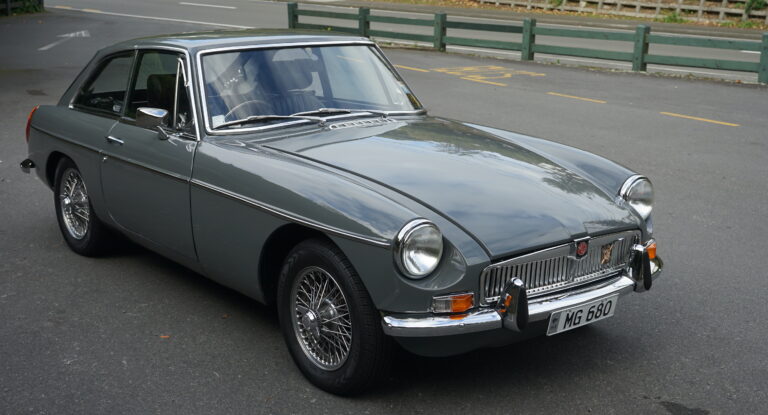Handy tips and hints for those planning on having their car professionally restored
Although many classic car enthusiasts prefer a hands-on approach to restoring their cars, this is not always possible. A lack of spare time or simply a lack of skills may prevent a home restoration. If this is the case, then the only way forward may be a professional restoration.
Although not the cheapest option, having your car fully restored from top to toe by professionals does have benefits and, of course, a reputable workshop will always guarantee their work. If you do choose to follow this path, a single company might be assigned to restore the entire car or, alternatively, separate companies could undertake individual tasks — such as panel and paint or interior and mechanical.
Assuming you have already found a suitable project car, here are a few handy tips for picking a suitable professional:
1. Inspection
When selecting a professional restorer it pays to inspect some of their previous work. Most restoration shops will have extensive photographs of projects that they have completed and, while it’s useful to see these photos, it’s even more useful if you can actually see the cars themselves — that way you can also talk to the owners and gather useful information on the restoration company.
2. Check locally
There are advantages to picking a local restoration company — it’ll be easy to visit them to check up on progress. However, having said that, sometimes it pays to pick the best possible workshop, regardless of location, especially if they have specialist knowledge that applies to your car. Reputable restoration companies can provide photographic reports, so it is possible to monitor progress.
3. Check before you buy
Once you have chosen a professional company, the first step will always be a thorough evaluation of your car — in many ways, it can be to your advantage to select a workshop prior to finally buying a project car; in that way the restoration company can check before you buy. Manage your project in that manner and you may save yourself money later on.
4. Professional inspection
Having said that, evaluating a suitable project car is not always a straightforward procedure. We’ve seen many classic cars, which look great but, on further inspection, are full of rot and rust. A professional inspection will reveal this type of damage. However, don’t expect a proper inspection to be free — it could involve partially dismantling some areas of the car. If you proceed with the restoration, any inspection costs will be covered but if you decide not to proceed expect to pay for this inspection. In some cases the damage will be very noticeable, although, of course, restoration costs could be higher for such a vehicle.
5. Talk to the owners
If you want to get personally involved with the restoration, talk to the owners of prospective workshops. Some will allow owners to work on their own cars — usually on non-skilled tasks. Anyone can scrape off underseal or, with a little tuition, handle menial tasks such as sanding. This can save you money as these types of restoration tasks are very labour-intensive. However, getting involved doesn’t mean simply hanging around the workshop and getting in the way of tradesmen.
6. Budget talks
Paying for a professional restoration is rather like funding a new home — once you’ve signed on the dotted line you’ll be expected to front up with an initial deposit, followed by regular progress payments, with the final payment due when the car is completed to your satisfaction.
Discuss budgets beforehand and make sure everything is affordable — don’t be tempted into viewing the workshop as a storage facility while you find the cash for a progress payment. The economics of operating a restoration business does not allow for non-paying residents taking up space that could be used for a paying project.
7. Visit often
When your project is eventually under way, make periodic visits to view the work in progress and keep yourself involved with the project.
8. Do your homework
Finally, New Zealand is lucky enough to have some exceptional restoration companies, and many have enviable international reputations for the quality of their work. But check any potential choices out carefully before you hand over your hard-earned cash. As with picking a car in the first instance, selecting an appropriate and reputable classic car restoration company comes down to you undertaking a spot of homework.
What companies have you worked with and recommend? Let us know in the comments below.


